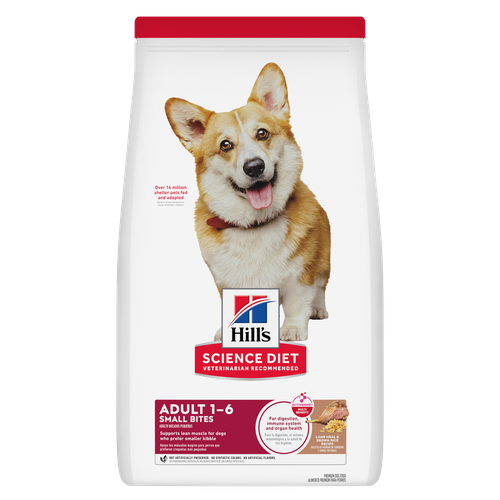The Irish water spaniel is ruggedly built to do the job of a hunting dog and also has webbed toes to aid in its powerful swimming. Powerful but not overly large, these dogs are well balanced. Males are 22 to 24 inches tall and weight 55 to 65 pounds, and females are 21 to 23 inches tall and weight 45 to 58 pounds. The breed is the tallest of all spaniels.
Proper double coat is of vital importance to protect the dog while working. The neck, back, sides and rear are densely covered with tight, crisp ringlets, with the hair longer underneath the ribs.
Forelimbs are well covered with abundant curls or waves. The hind limbs are abundantly covered by hair falling in curls or waves, except that the hair is short and smooth on the front of the limbs below the hocks.
The hair on the throat is short and smooth, forming a V-shaped patch. All curled areas are clearly defined by curls of sufficient length to form a sharp contrast with the smooth coat on face, throat, tail and hind legs below the hocks. Front and hind legs are well covered with hair both over and between the toes.
The standard color of the Irish water spaniel is solid liver. With the exception of graying due to age, white hair or markings are objectionable in the show ring.
Still a relatively rare breed with the American Kennel Club, the Irish water spaniel is sought after for its desirable characteristics of being an excellent hunting and water dog. Powerful, it has a strong desire to please, as do many hunting dogs.
Because of its great intelligence and inquisitive nature, the Irish water spaniel has the reputation of being the clown of the spaniel family and can often obey you in the most unique and amusing ways!
A devoted companion, this dog can be an exceptional watchdog if properly socialized from an early age. Socialization is particularly important if you want this exuberant dog to live with small children. While this breed has the courage to protect itself or its owners when needed, the dog has been bred for the characteristic of not barking excessively.
The Irish water spaniel is an alert and inquisitive dog. He can often be reserved with strangers. However, aggressive behavior or excessive shyness should not be tolerated. A stable temperament is essential in a hunting dog.
Breeders have worked hard not to make a distinction between field dogs and show dogs. Because the Irish water spaniel is not a highly sought show dog, breeders have been able to follow breeding programs that produce the type of sporting dog most desired: that of a good family companion and a marvelous retriever.
The Irish water spaniel can also be a true dual-purpose hunting dog, used for upland game as well as waterfowl.
Irish water spaniels shed little and are good for most people with allergies. They need a good, thorough brushing about once a week. The face and tail are naturally smooth but may need to be neatened occasionally. A thorough combing to the skin should take place every one to two weeks to promote healthy skin and to remove any objects from the coat. These dogs can be trimmed about twice a year but not clipped down like a poodle.
A dog of ancient lineage, the Irish water spaniel can be traced back to the days when spaniels were divided into land and water varieties. A book printed in 1607, Historie of the Foure-footed Beastes, describes and illustrates the "waterSpagnel."
As the name implies, the Irish water spaniel was developed in Ireland from two different breeds that were in existence before the 1850s: the "South Country water spaniel" and the "North Country water spaniel." Recent research indicates that common ancestors may have included the poodle, Barbet, and Portuguese water dog. History shows the breed taking its present form in the 1830s and its development being credited to Justin McCarthy and his dog, "Boatswain."
The Irish water spaniel quickly gained popularity with Irish and English sportsmen for its bold and daring retrieves, its extreme hardiness in the cold North Sea waters, and its superb disposition. By the mid-1870s, the reputation of the Irish water spaniel was known in America, and a number were brought over at that time. Records show that in 1875, the Irish water spaniel was the third most popular sporting dog in the U.S.
Adopt a pet. Change a life.
Are you prepared to adopt a pet? Use these tools to make sure you are ready for the commitment.
Adopt a pet. Change a life.
Are you prepared to adopt a pet? Use these tools to make sure you are ready for the commitment.






















